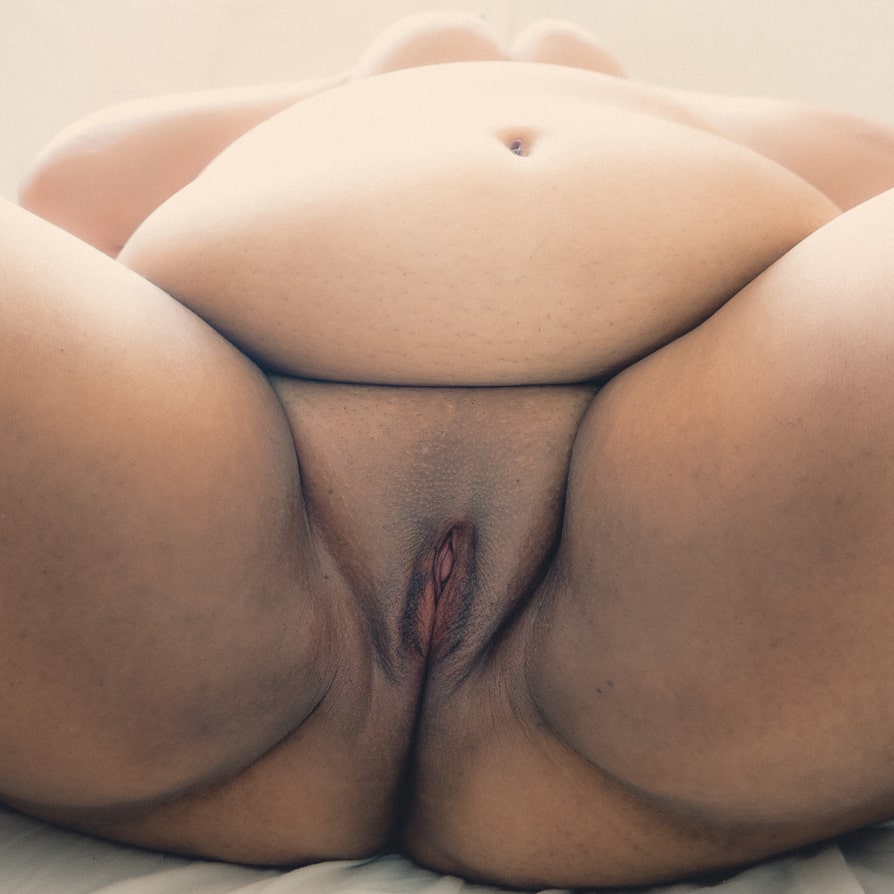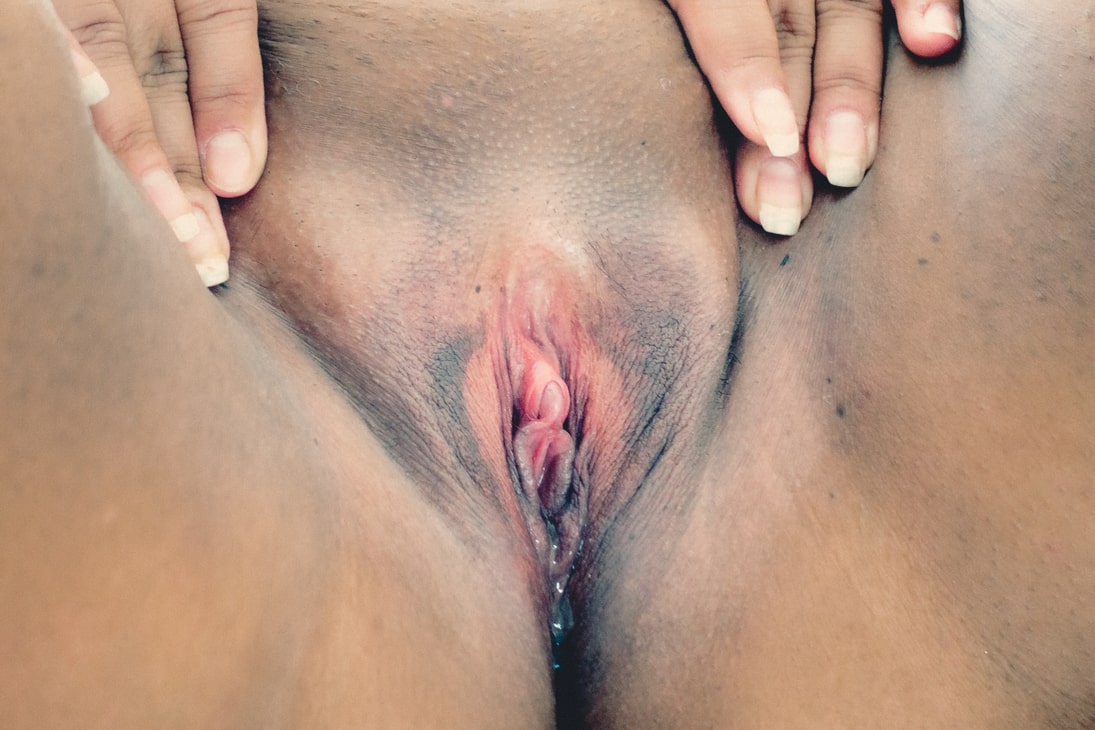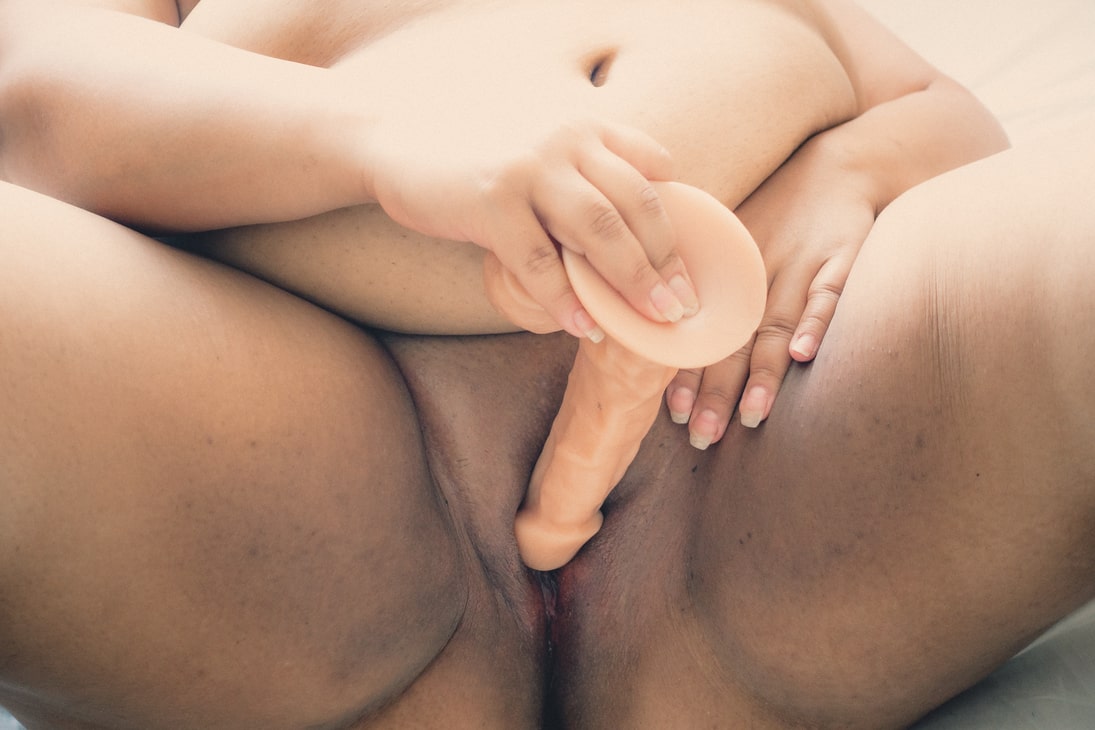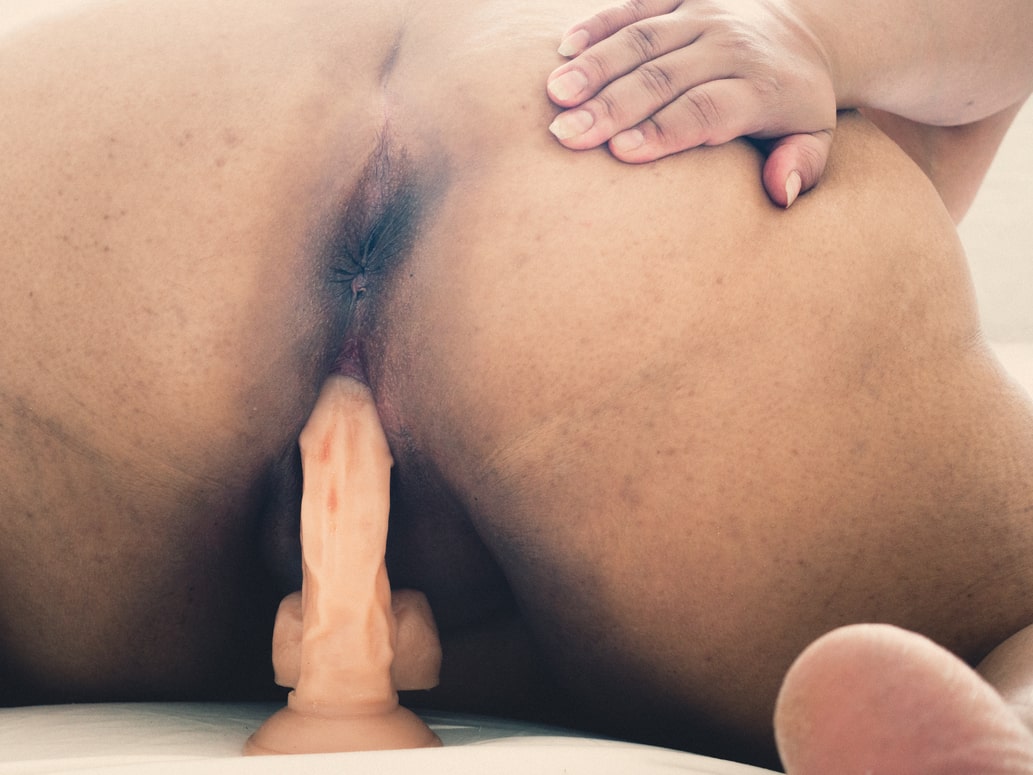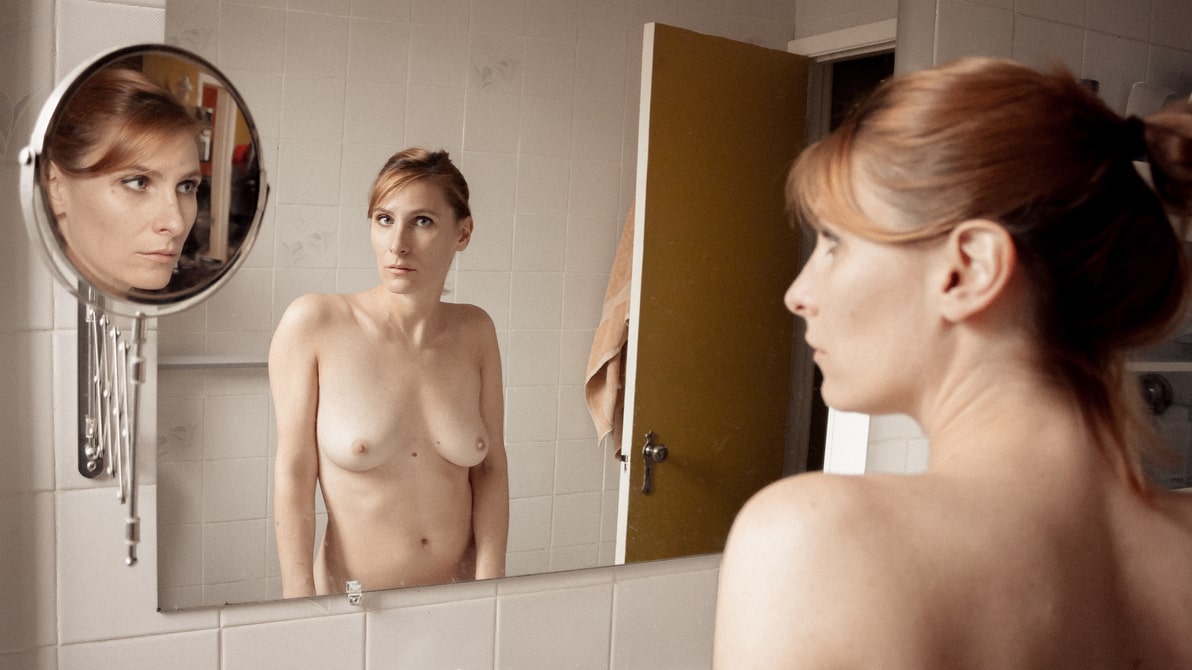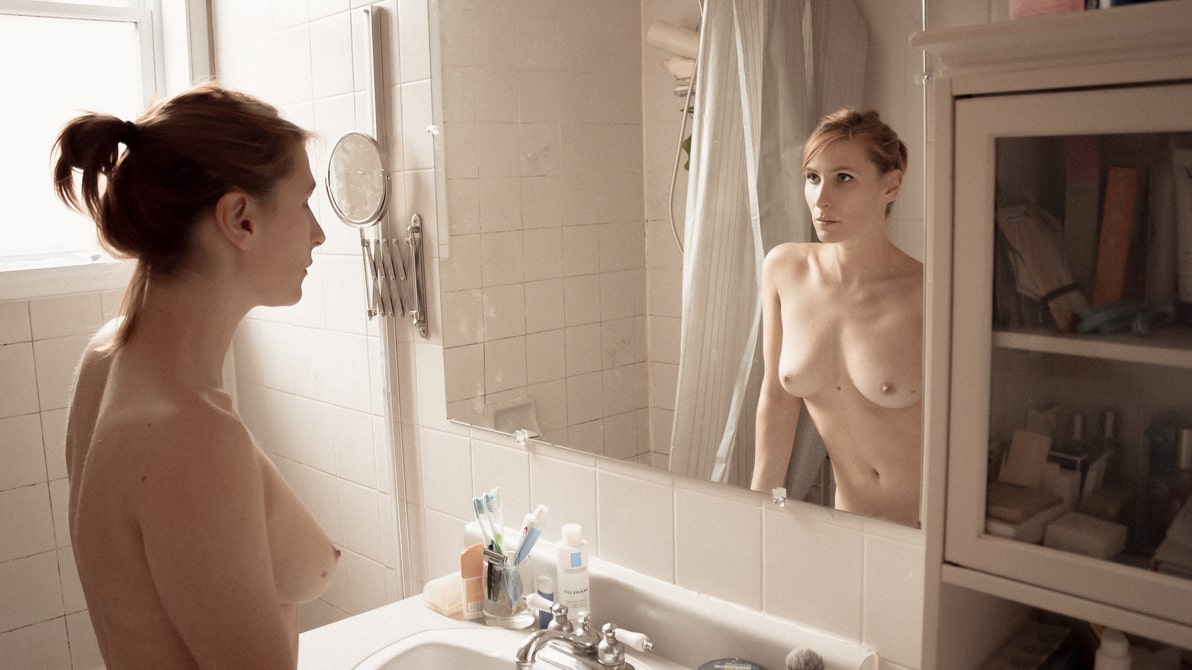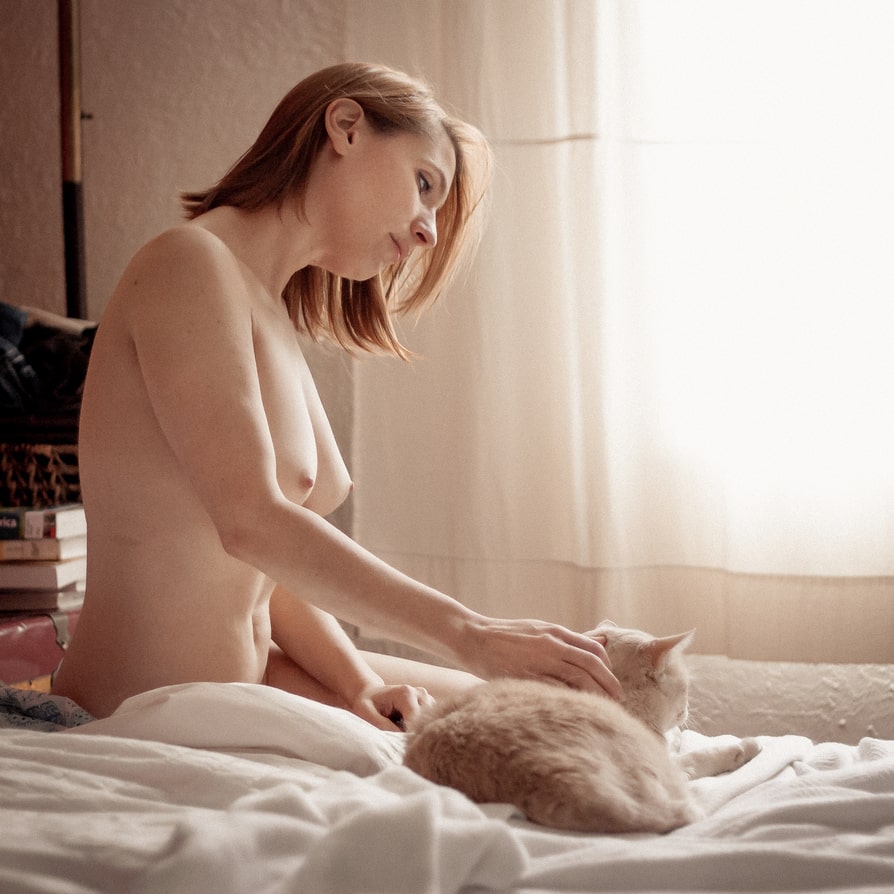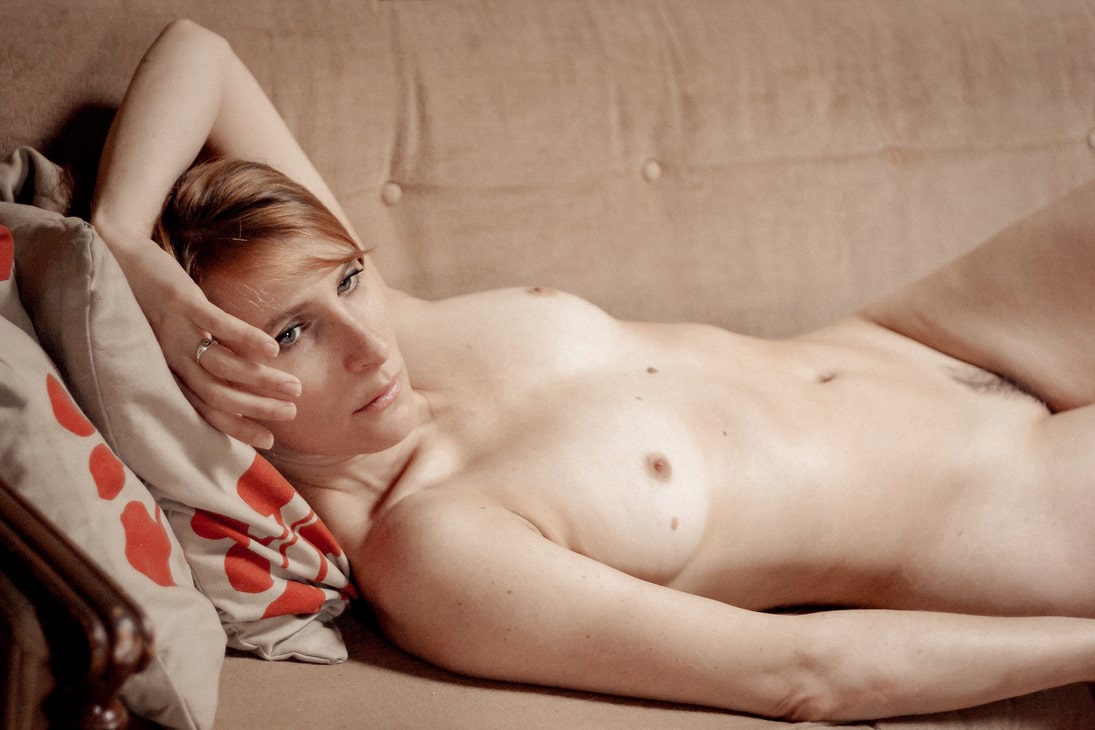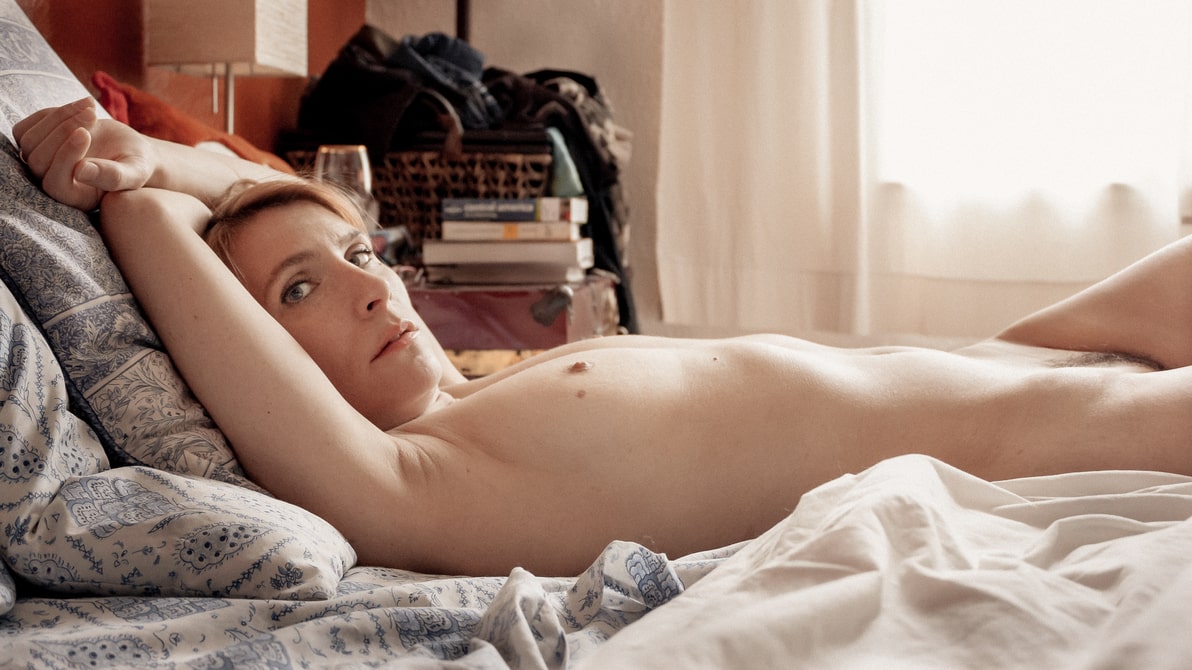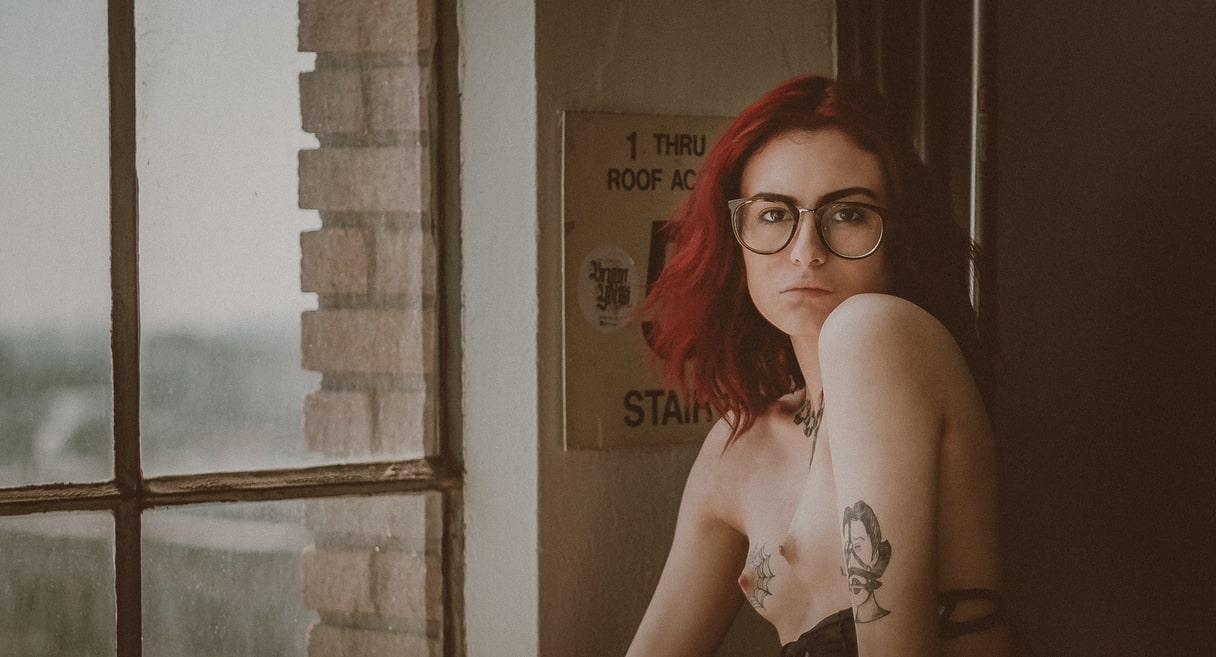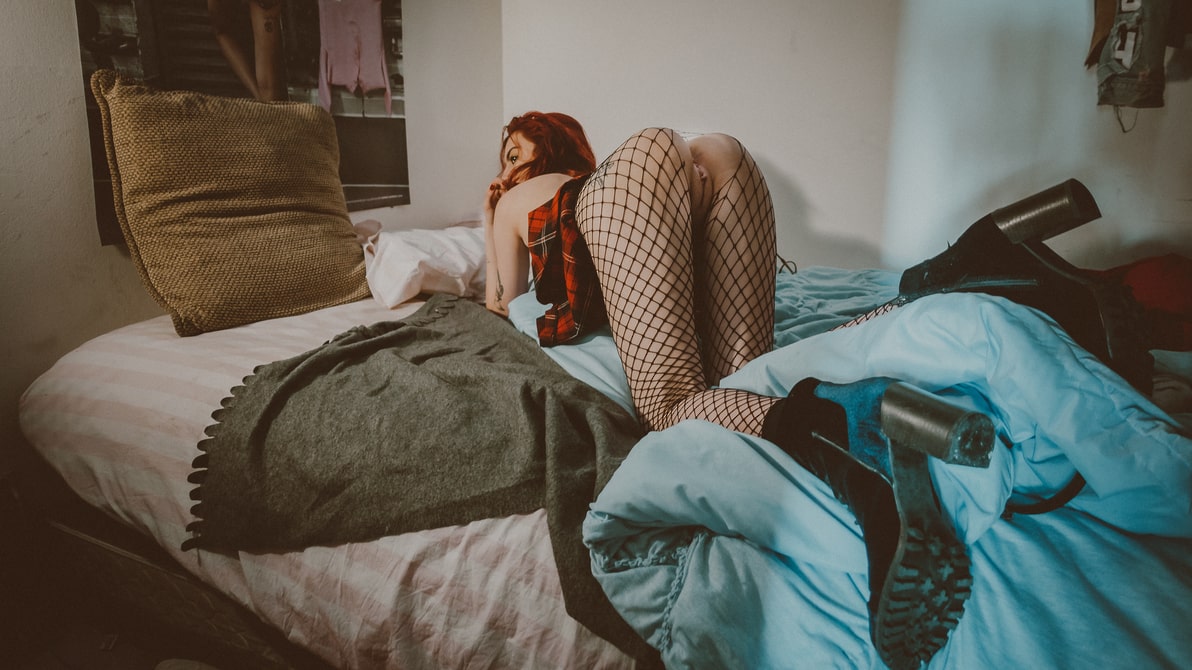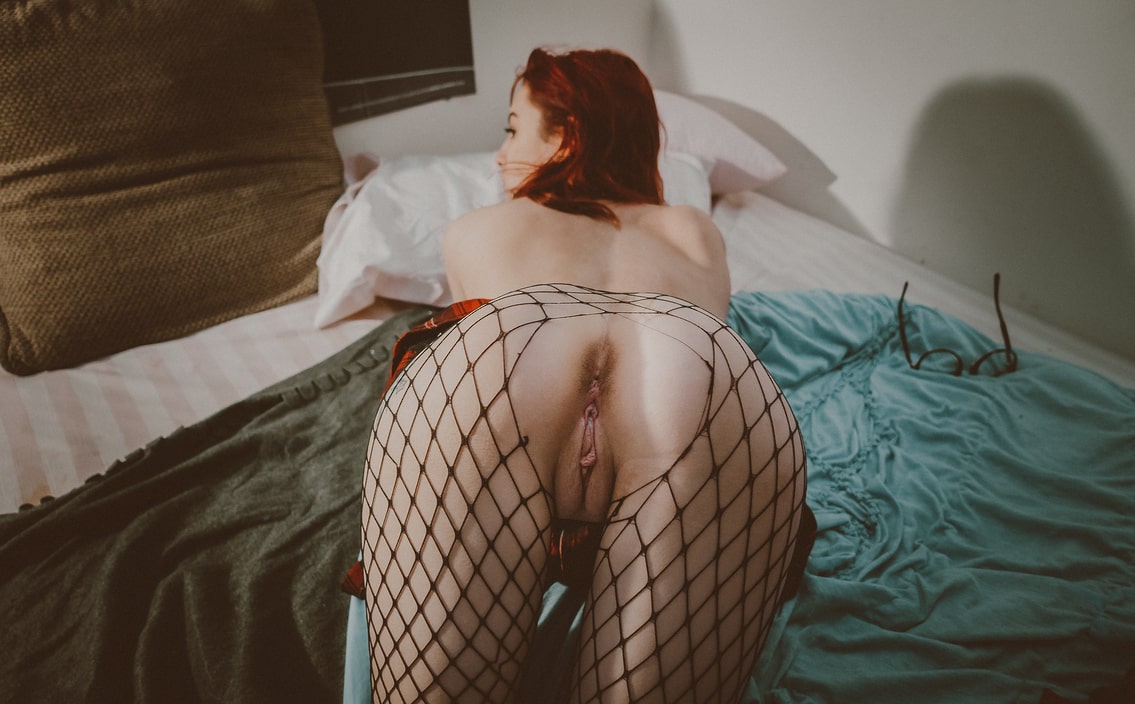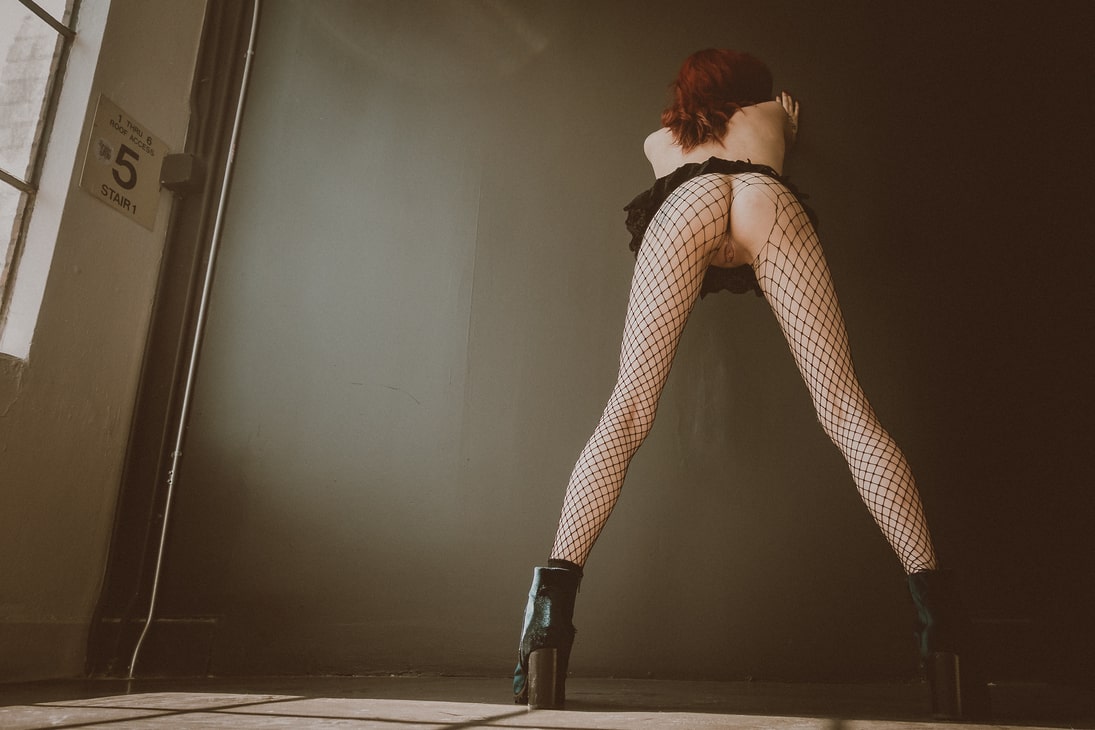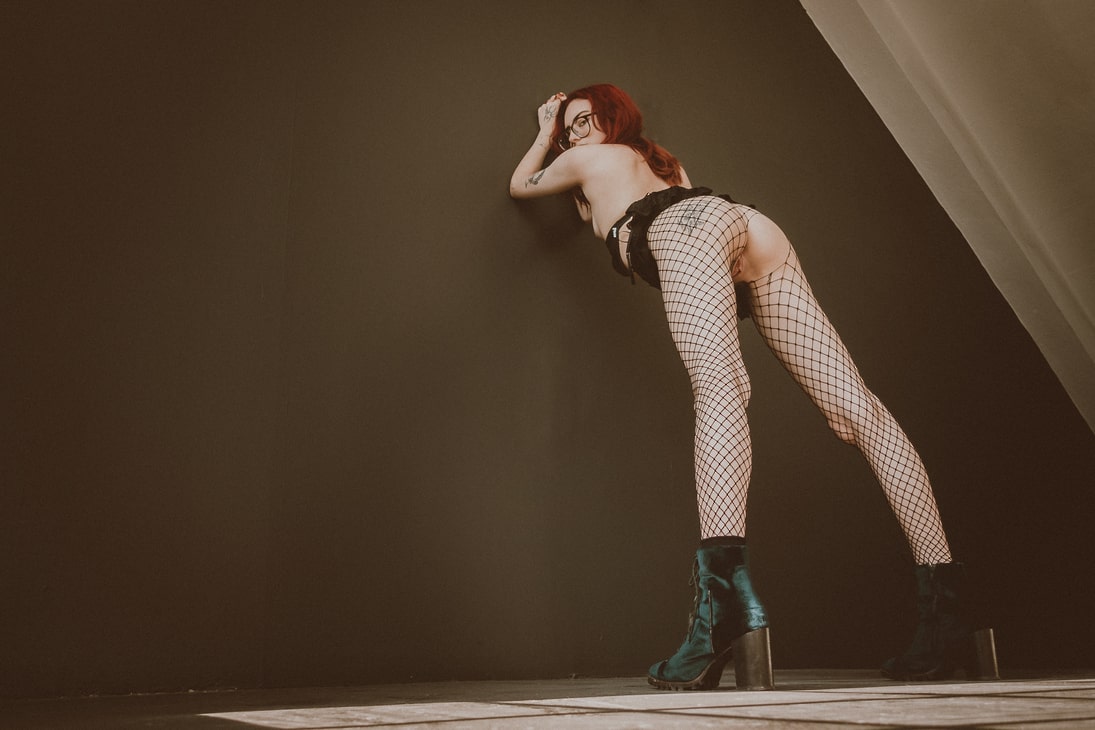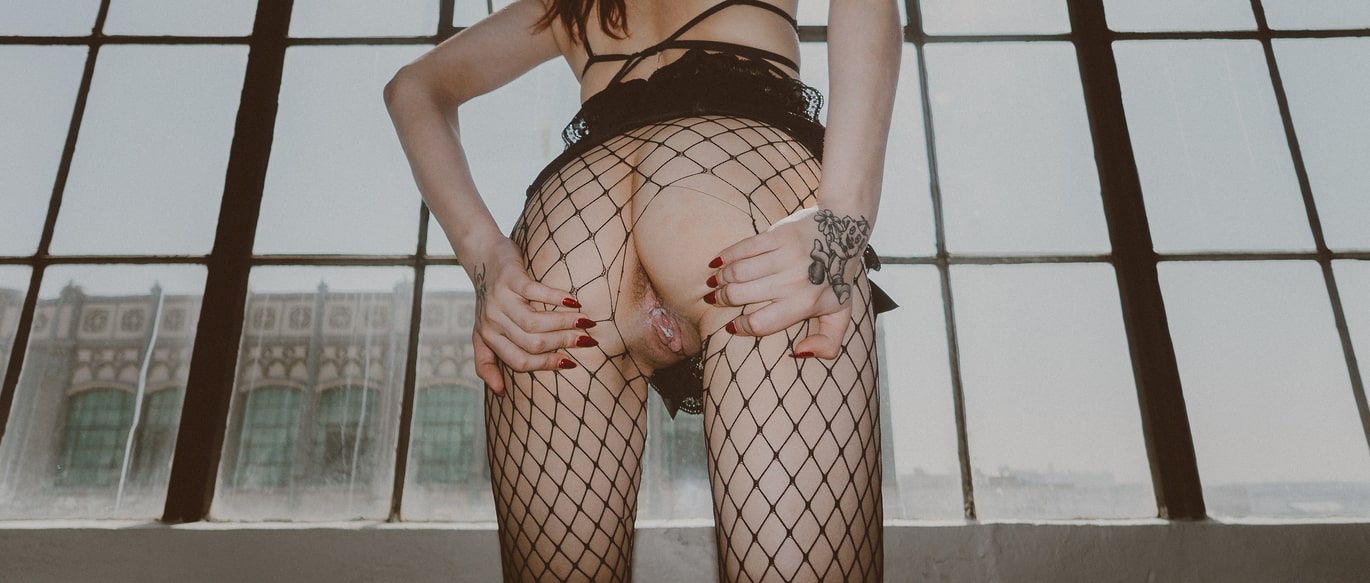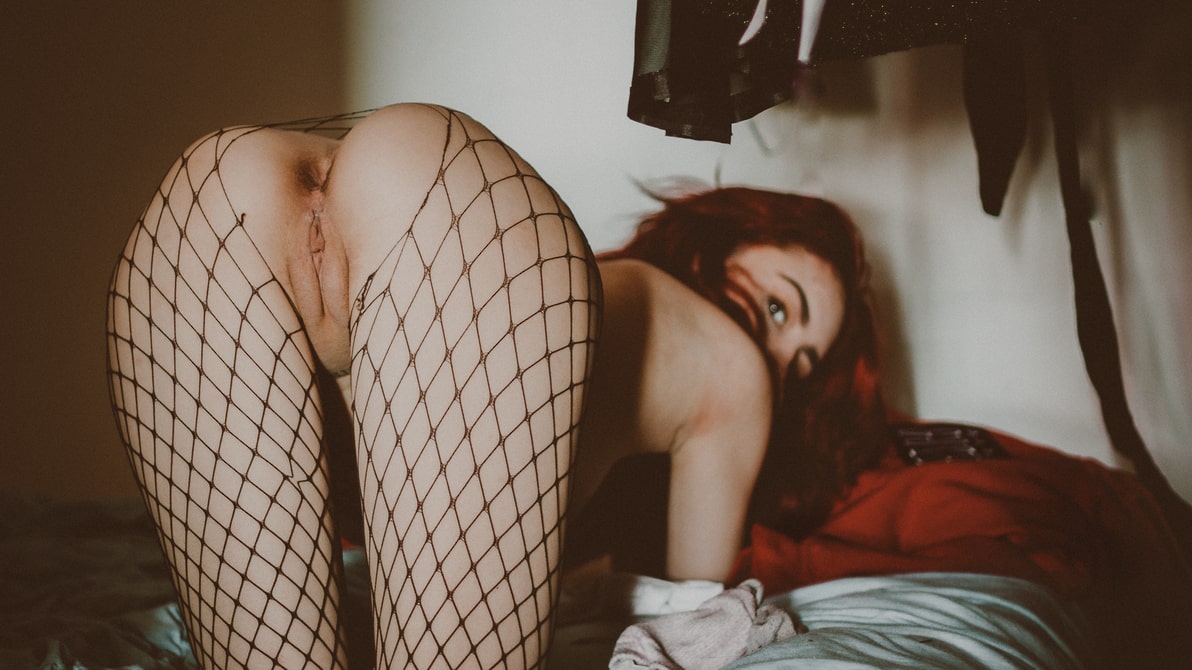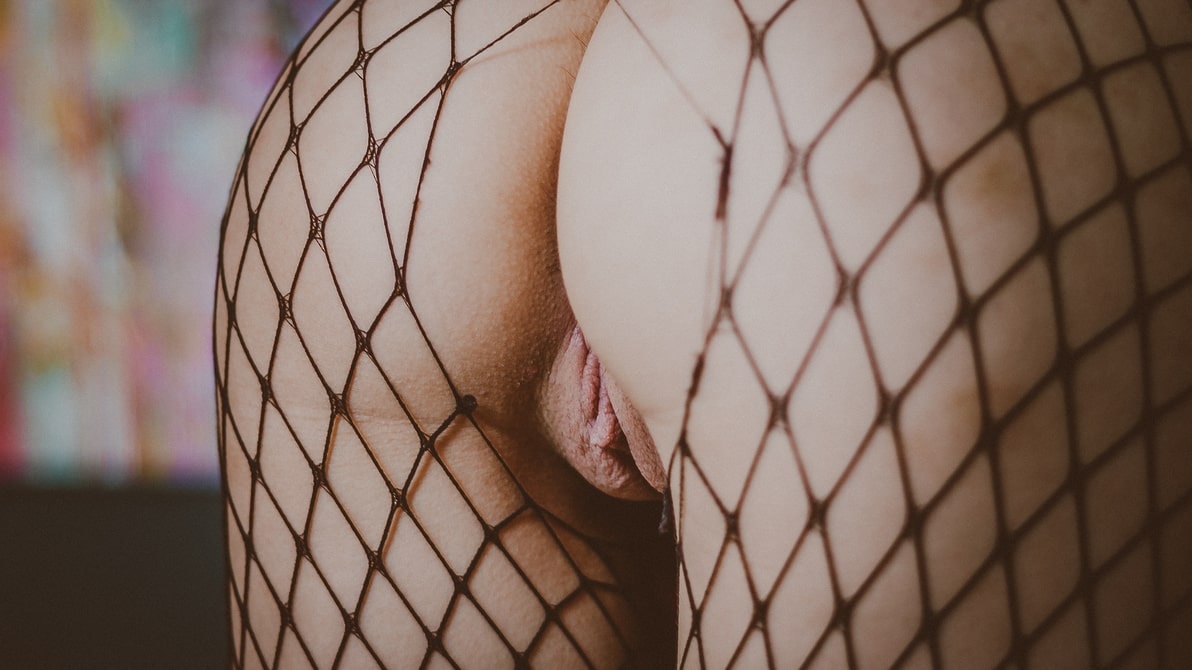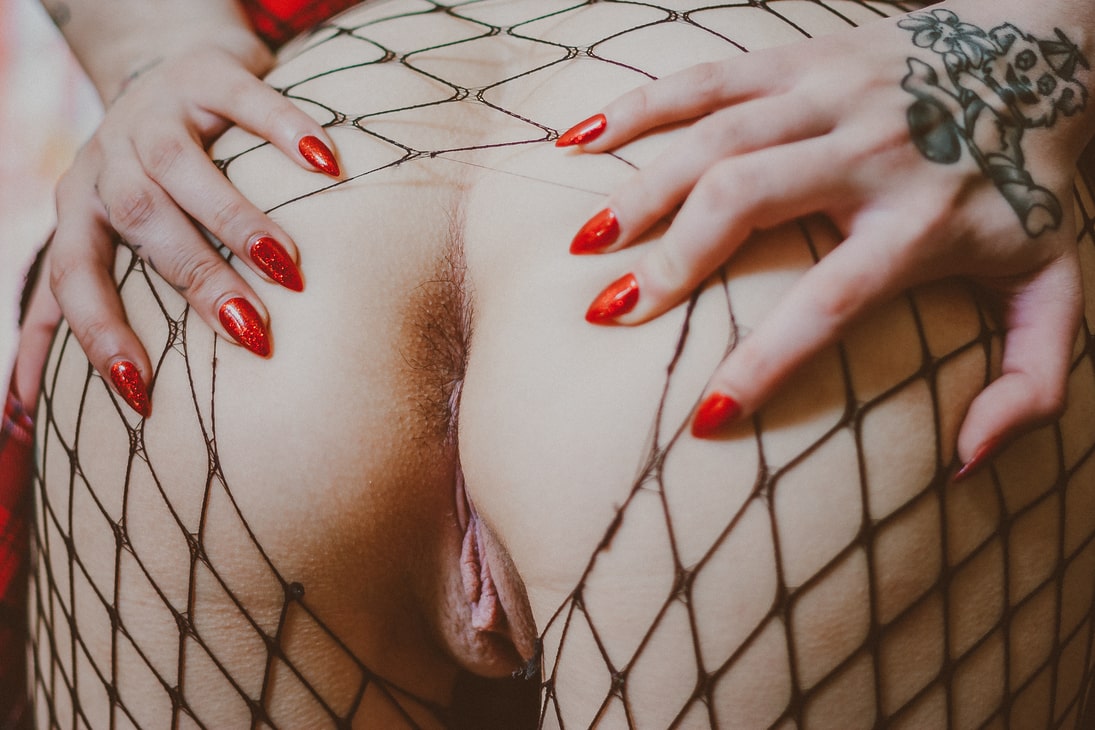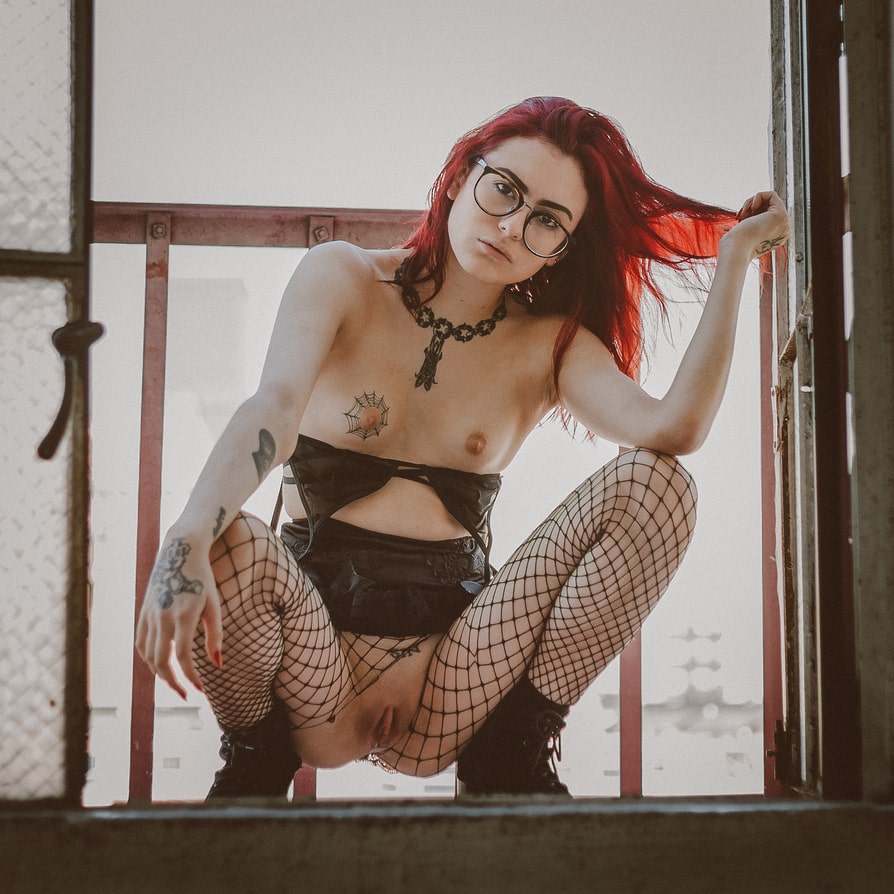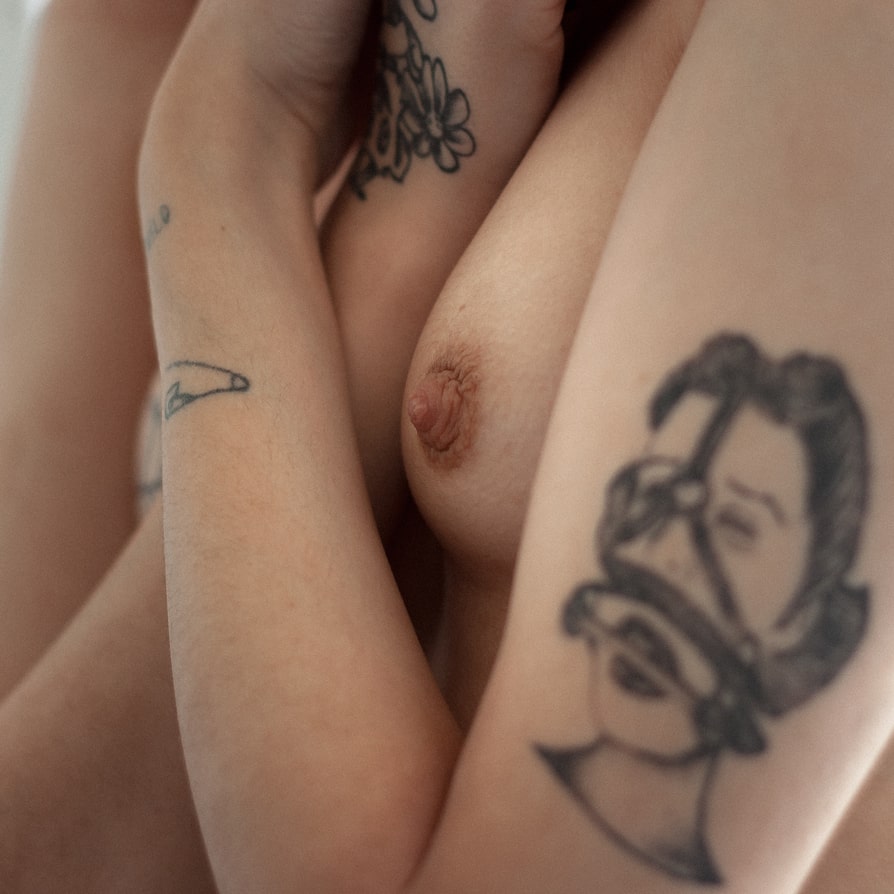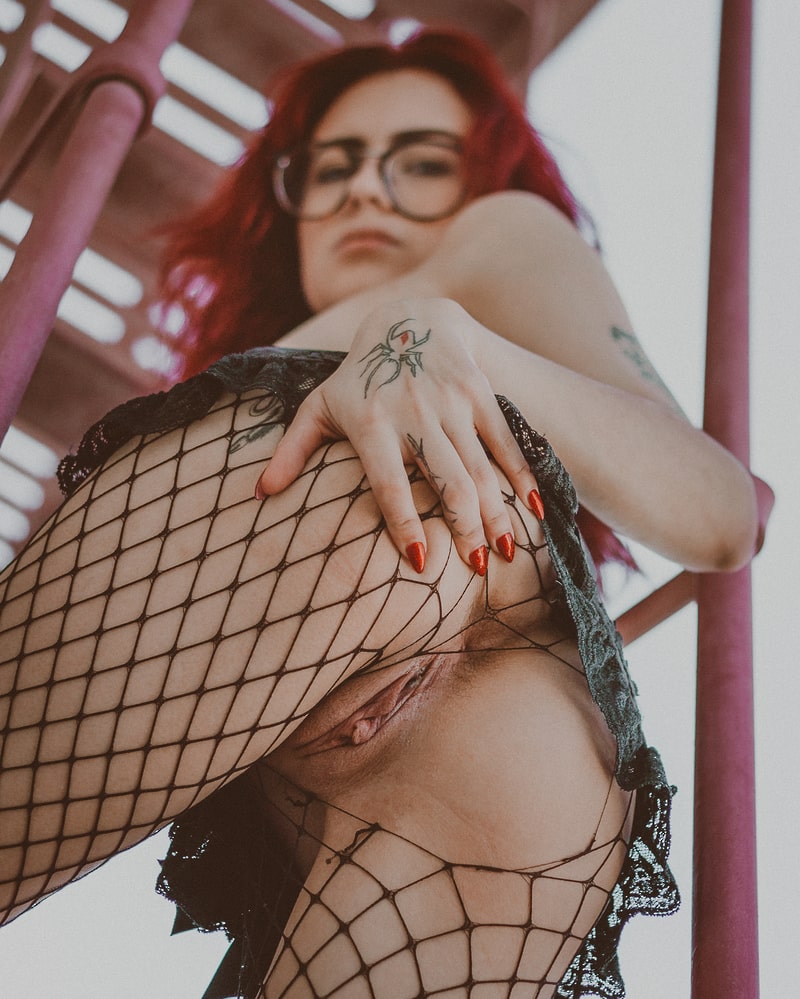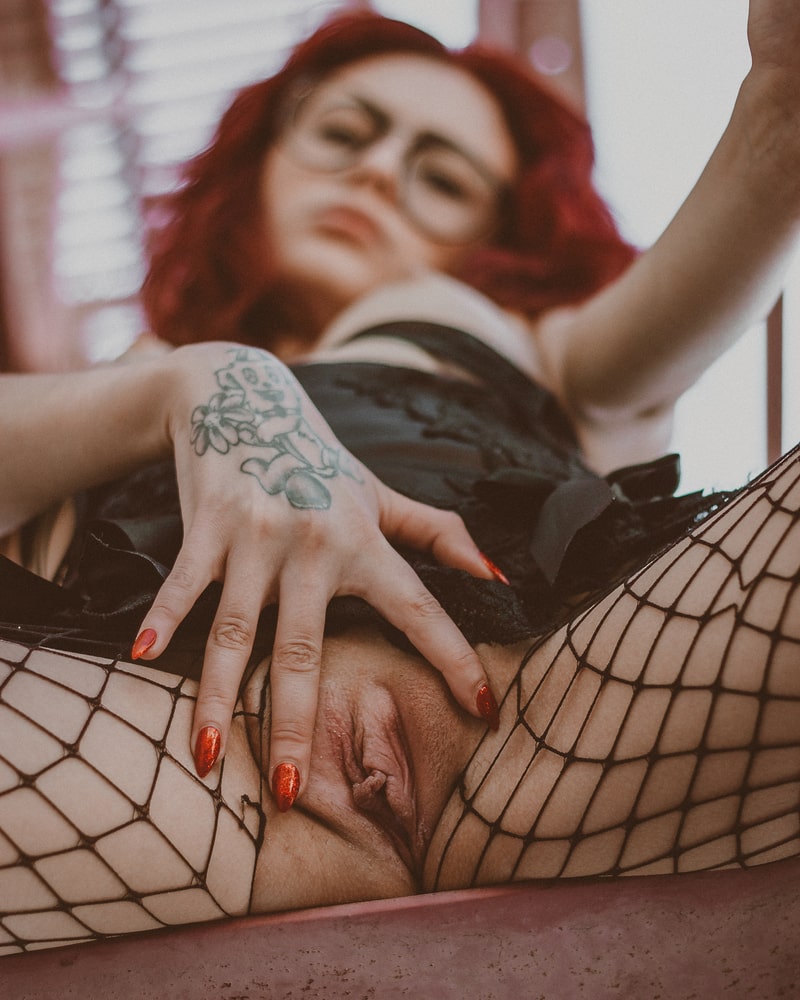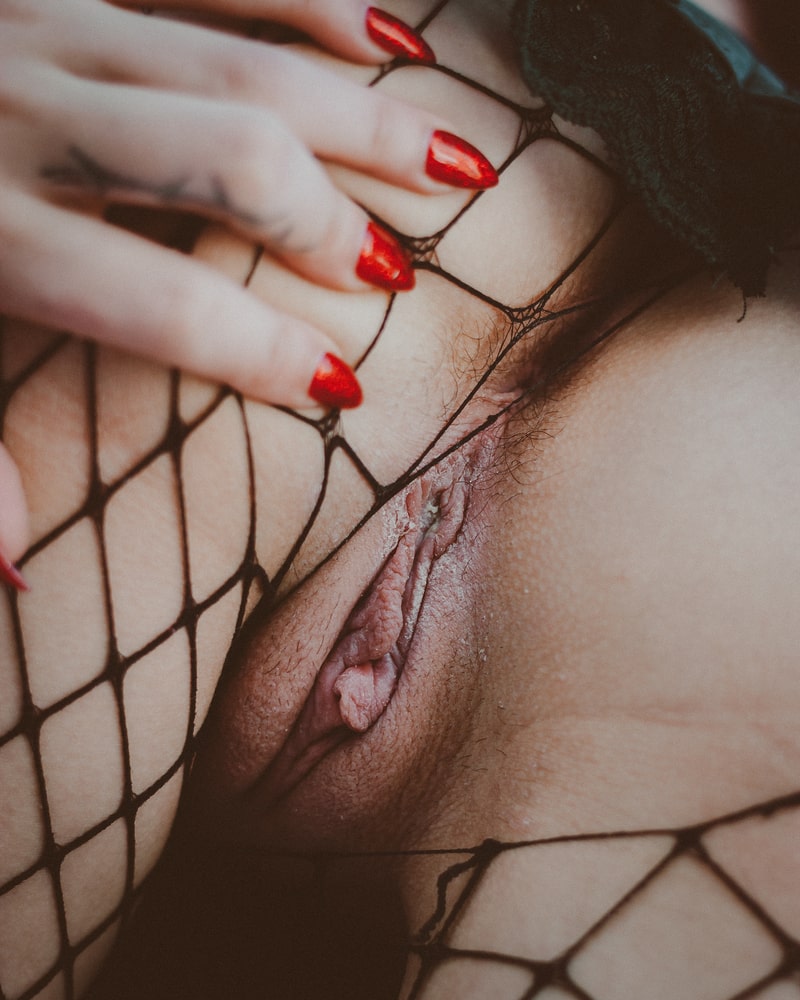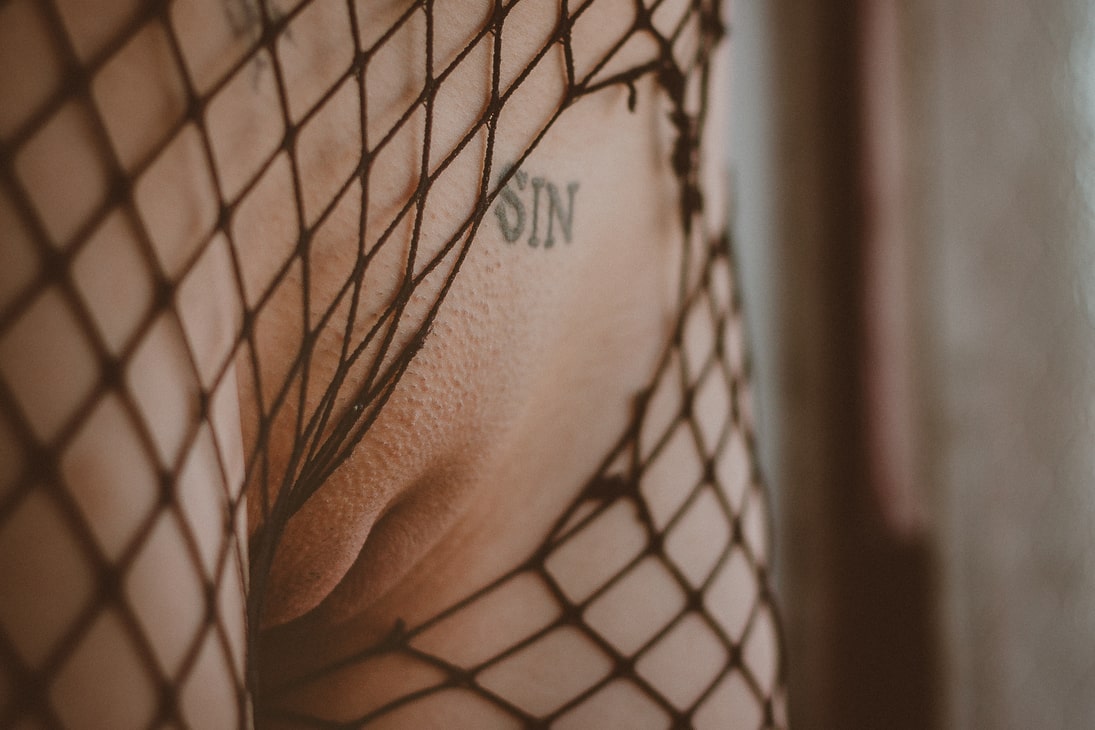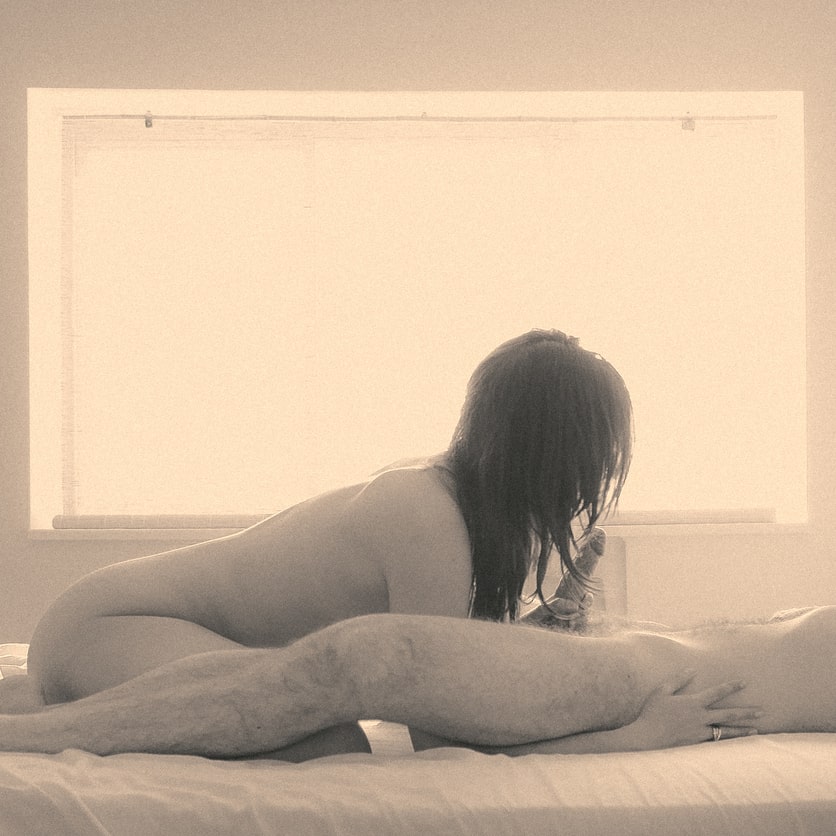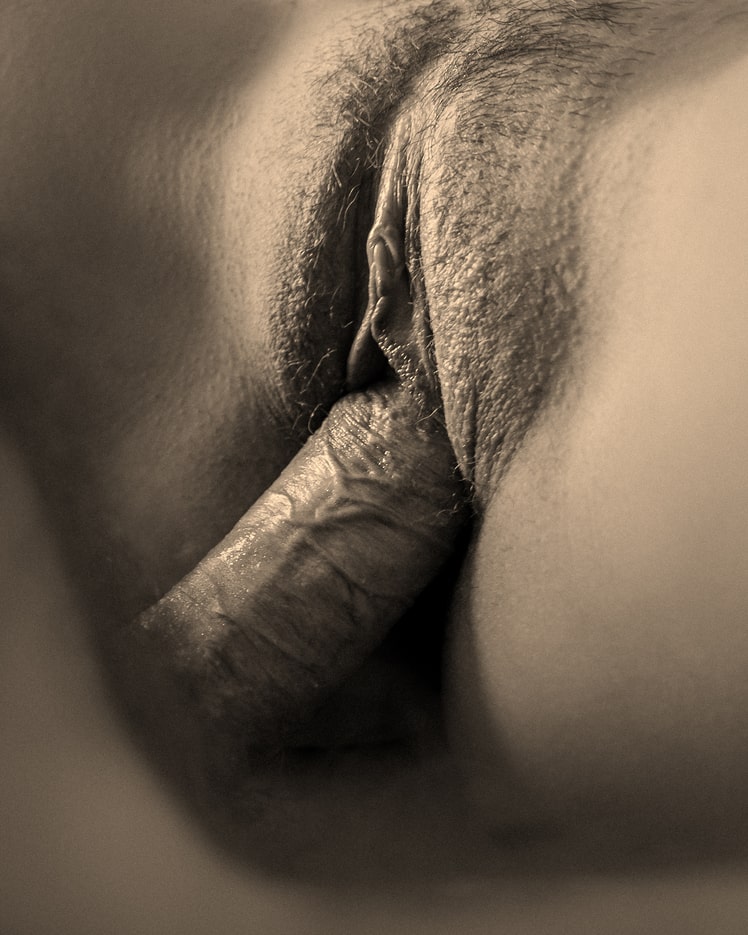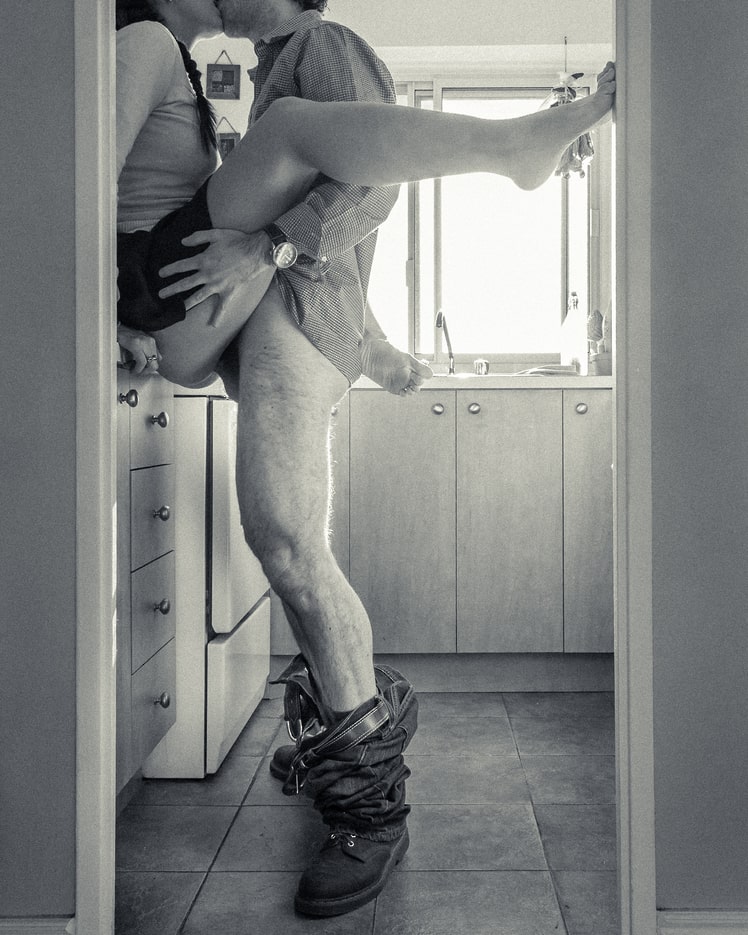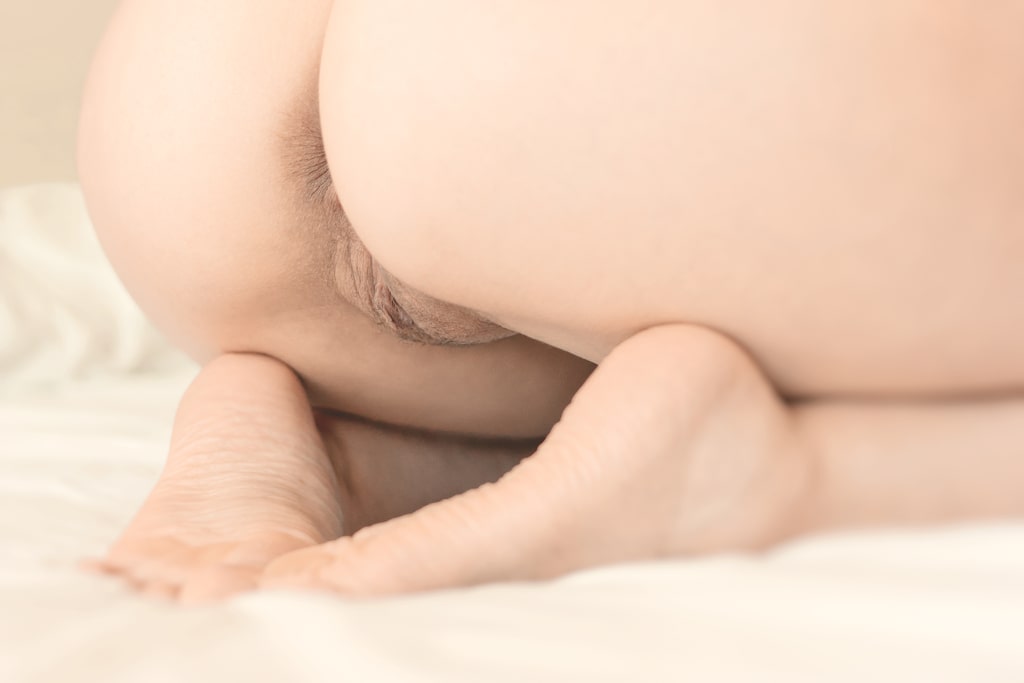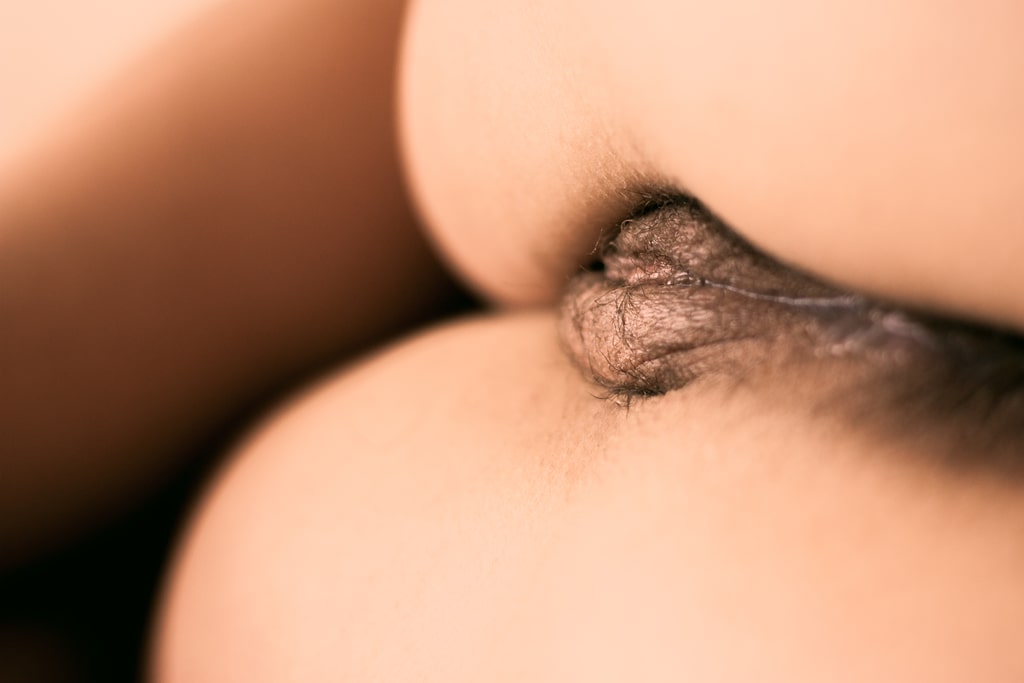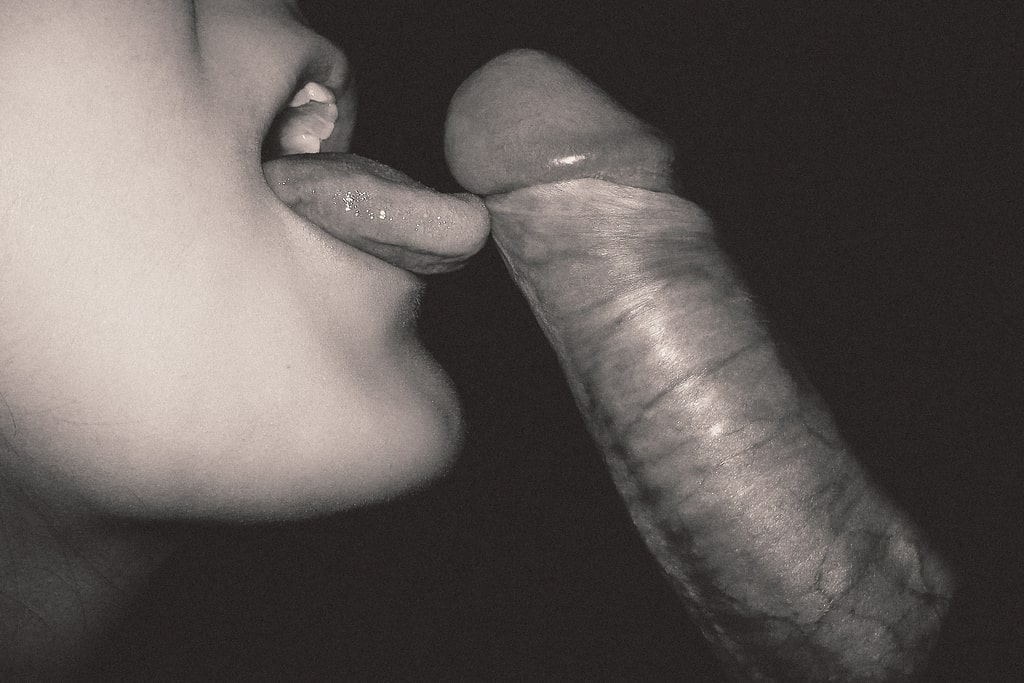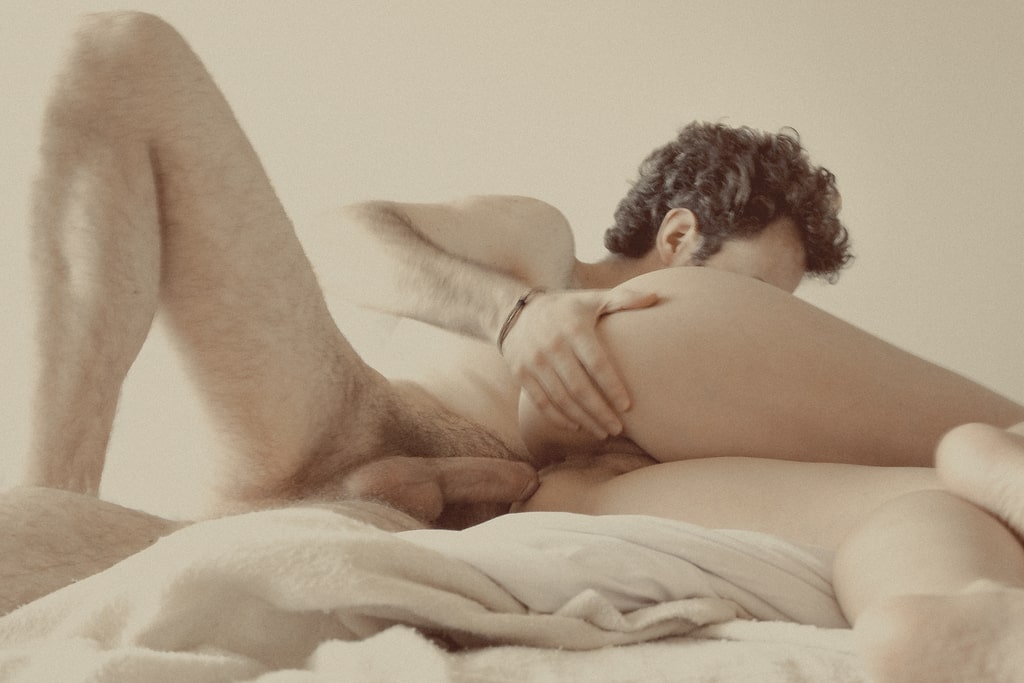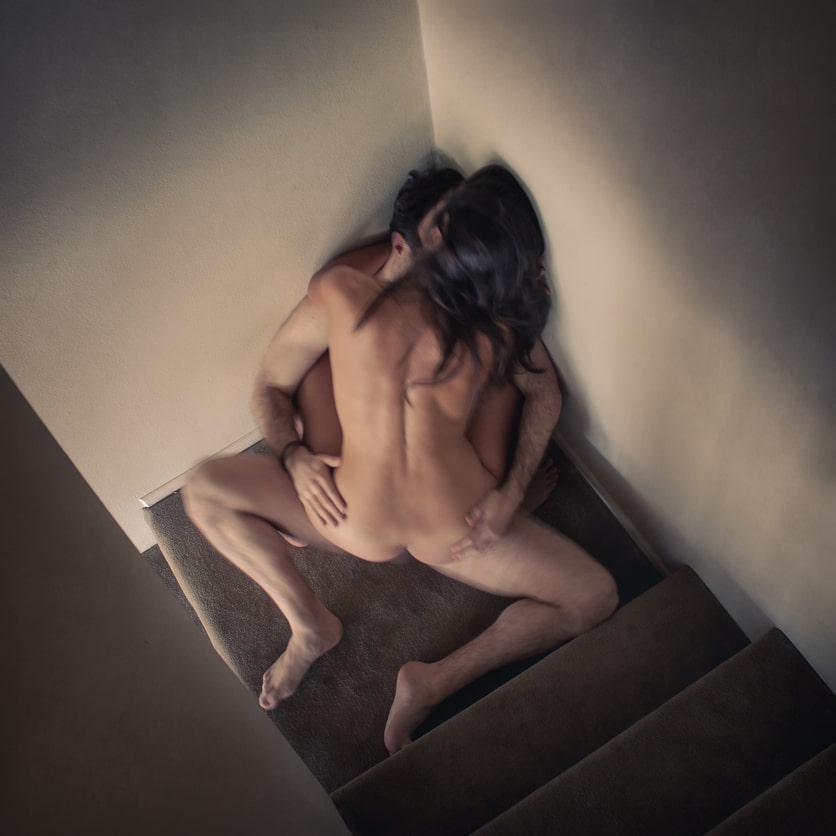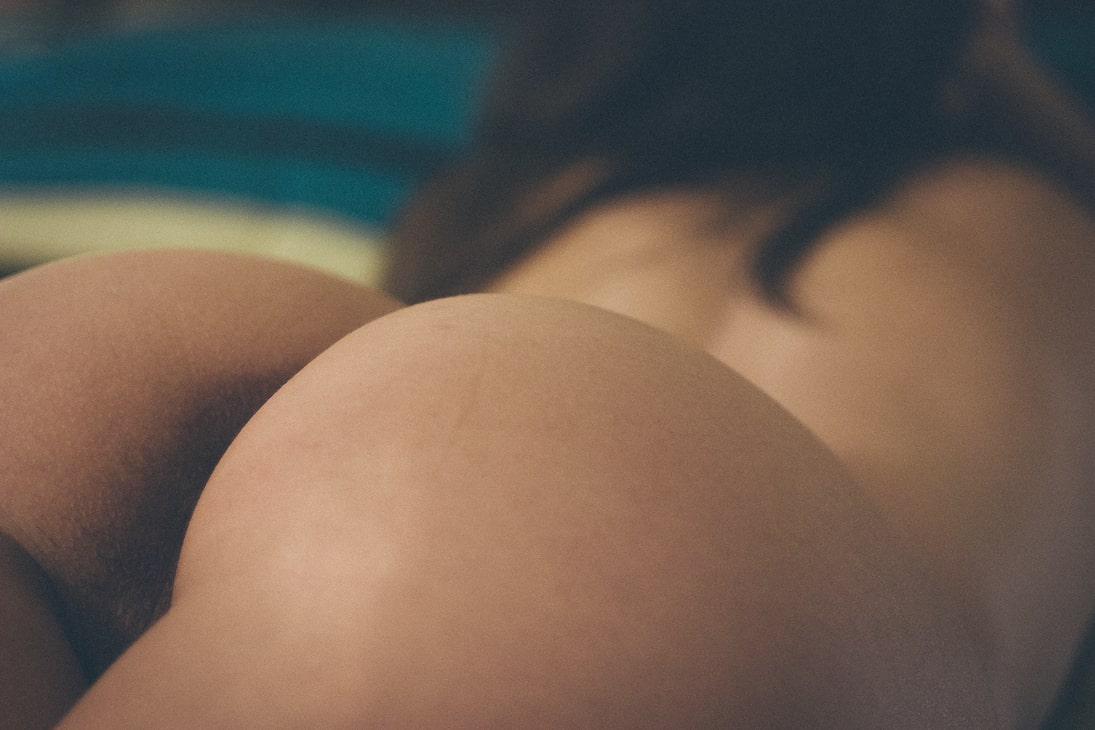
It has been some time since I last did an interview, but Shunga Gallery recently reached out with some questions about my work, and I thought it would be a good opportunity to talk a bit more about my process, influences, and how I approach this genre of photography, among other things.
You can read the original interview as it appeared on their site, but I have also shared my full responses below.
How did your journey in photography begin and develop towards the erotic genre?
You know, for millennia, as a species, we’ve been striving to create technologies that allow us to freeze time, to hold onto visual representations of specific moments, of certain occasions. We started by painting the shadows of lovers on a wall, and that drive has evolved to where we now have photography. To me, that’s almost like a magical superpower, isn’t it? We’ve achieved this incredible ability to do what we’ve been trying to do for thousands of years.
And with any superpower, you think, ‘Okay, if I had this, what would I use it for? What moments would I want to revisit?’ For me, it was always clear, right from the start, that high on that list would be those private, intimate moments of eroticism. So, in a way, the idea was always there. The actual first opportunity to explore it came within the context of my personal relationship. My partner was truly foundational in allowing me to start that exploration.
Can you describe your first session and any stereotypes or preconceptions you observed within yourself?
It’s true that as a photographer, especially early on, you can get really wrapped up in the technicalities – aperture, ISO, lighting, the pose. Your attention is pulled towards getting the shot right. It’s easy to forget that there’s a human being in front of the camera, someone who might be feeling quite vulnerable. So, a key thing I learned is the importance of getting out of your own head a bit during a shoot, to really connect with the person you’re photographing.
How do you help models feel confident when you photograph them?
Professionalism is paramount. Clarity is key. Both the model and I need to have a solid understanding of the vision for the final images. I really value an open line of communication; I see these photoshoots as collaborations, a chance to bring different perspectives together. Practically speaking, showing them a couple of shots straight out of the camera during the shoot can be incredibly effective. When they see how it looks from my end, often something just clicks for them, and they go, ‘Oh, wow, okay!’ It builds trust and helps them connect with the process.
When preparing for a photoshoot, what steps do you typically take to create a mood?
I like to have an exchange with the models beforehand. We’ll look at examples of aesthetics they’re drawn to, whether it’s the setting, props, specific scenes, or an overall vibe. Again, it goes back to that collaborative approach. We bring different elements to the table and come to an agreement on how to best approach the shoot and achieve the mood we’re aiming for.
Which artists and photographers do you find inspiring?
These days, I find myself going back to the classics. I really enjoy the work of Nobuyoshi Araki, for example. Helmut Newton’s work is also a constant source of inspiration. And I also like to revisit photographers who inspired me early on. Clayton Cubit, especially his work for Nerve back in the late 2000s, was really foundational in sparking that initial interest and curiosity in me to explore this genre more deeply.
Have you faced criticism and how have you grown as a result?
I think it’s crucial to connect with the right audience when you’re creating this type of work. It’s important to understand and respect that not everybody wants to be exposed to certain types of photography, certain levels of eroticism, or nudity. What I’m most interested in is the movement towards less centralized media, where artists have more direct pathways to find the people who appreciate their specific vision. It’s about finding your tribe, so to speak.
Which camera do you typically use, and what aperture, filter, or settings do you favor for creating a specific mood or emotional effect in your photographs?
I’m a bit of a Luddite when it comes to gear, actually. I primarily use a Canon Rebel camera, probably from around 2009, and a “nifty fifty” – a 50mm prime lens. Those two have been my main tools. I think that speaks to my overall approach, which is fairly minimalistic and less focused on having the latest technology. It’s more about the connection and the moment.
Could you share your views on pornography?
I’m always mistrustful of attempts to create rigid boundaries around what’s acceptable or not, especially when trying to apply objective criteria to things that are inherently subjective. Often, what we find is that certain terms are imposed through various structures of power, and I think ‘pornography’ is a prime example of that. It’s frequently used in a derogatory way, to dismiss work as unworthy, certainly not worthy of being considered art.
Ultimately, it often comes down to imposing one’s views on others. I think the term itself needs to be reinvented because it carries so much negative baggage. It’s more productive to talk about the intent, the artistry, and the connection within the work itself, rather than getting bogged down in labels that often serve to shut down conversation rather than open it up.
